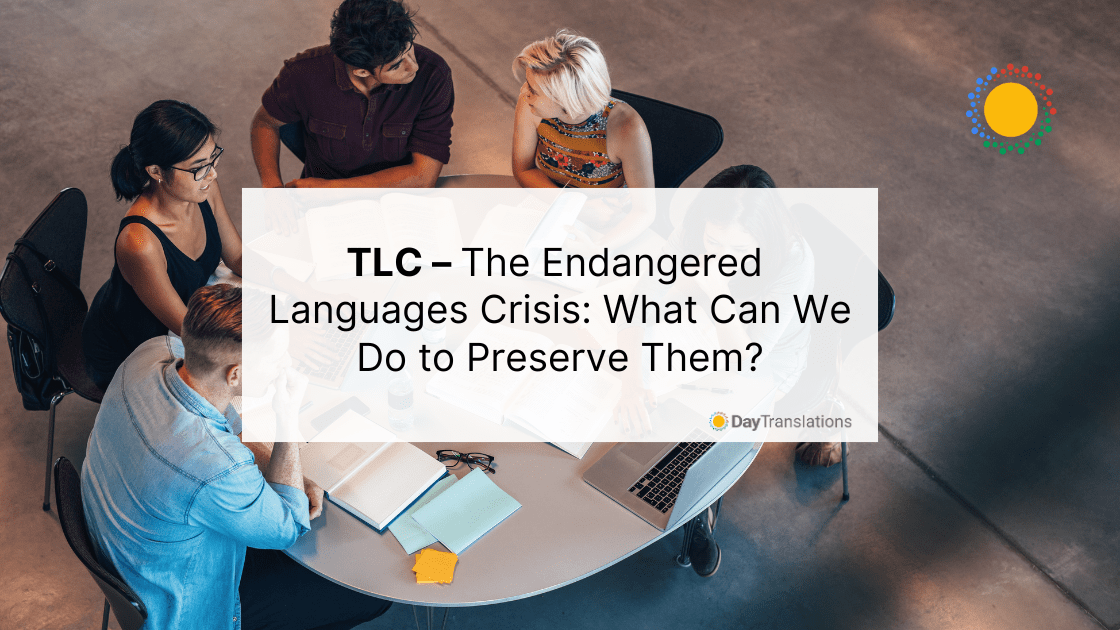Welcome back to The Language Classroom! In this installment, we’re diving into a topic that’s both fascinating and urgent: the endangered languages crisis. Around the world, countless languages are teetering on the brink of extinction. But all hope is not lost! Together, we can explore ways to preserve these cultural treasures and ensure their survival for future generations.
What is an Endangered Language?
An endangered language is one that is at risk of falling out of use, typically because its speakers are shifting to another language. This often happens when communities move to urban areas, younger generations adopt more dominant languages, or when external pressures, such as economic or political forces, lead to a decline in use.
Why Should We Care About the Endangered Languages Crisis?
Cultural Heritage
Languages are more than just a means of communication; they are carriers of culture and history. Each language reflects the unique way its speakers view the world. Losing a language means losing a part of human heritage, including traditional knowledge about medicinal plants, historical narratives, and unique worldviews.
Linguistic Diversity
Linguistic diversity contributes to the richness of human experience. Just as biodiversity is crucial for a healthy ecosystem, linguistic diversity enhances our global community by fostering creativity, innovation, and mutual understanding.
How Many Languages Are at Risk?
According to UNESCO, nearly half of the world’s 6,000 languages are endangered. Some predictions even suggest that up to 90% of languages could vanish by the end of the century. This alarming rate of decline highlights the urgent need for action.
What Can Be Done to Fight the Endangered Languages Crisis?
Documentation
One of the most critical steps in preserving endangered languages is documentation. Linguists and community members can work together to record vocabulary, grammar, and oral traditions. These records can be used to create dictionaries, textbooks, and other learning materials.
Revitalization Programs
Communities around the world are implementing language revitalization programs. These initiatives often involve teaching the language to younger generations through schools, community centers, and even online platforms. Immersion programs, where learners are surrounded by the language in daily activities, have proven particularly effective.
Government and Policy Support
Government policies can play a significant role in language preservation. Official recognition of minority languages, inclusion in the education system, and funding for language programs are crucial. Countries like New Zealand, with its support for the Maori language, provide successful examples of how governmental support can lead to language revitalization.
Technology and Media
Modern technology offers innovative tools for language preservation. Mobile apps, social media, and online courses can make learning and practicing endangered languages more accessible. Additionally, radio stations, television programs, and films in endangered languages help keep them alive in popular culture.
Community Involvement
Ultimately, the most successful language preservation efforts are those led by the communities themselves. When community members value and actively use their language, it has a better chance of surviving. Grassroots movements, cultural events, and storytelling sessions can all contribute to a vibrant linguistic environment.
Case Studies: Fighting the Endangered Languages Crisis
Hawaiian Language Revival
The Hawaiian language, once on the verge of extinction, has seen a remarkable revival. In the 1980s, fewer than 50 native speakers remained. Today, thanks to immersion schools, Hawaiian is taught from preschool through university. Community-driven efforts and government support have been pivotal in this success.
The Revival of Hebrew
One of the most well-known language revival stories is that of Hebrew. Once considered a dead language used only in religious contexts, Hebrew was revived in the 19th and 20th centuries. It is now the official language of Israel, spoken by millions of people daily.
The Sami Languages
The Sami languages, spoken by the indigenous Sami people across Norway, Sweden, Finland, and Russia, have also seen revitalization efforts. Bilingual education programs, cultural festivals, and digital resources have all contributed to the resurgence of these languages.
Our Role in Language Preservation and The Endangered Languages Crisis
The crisis of endangered languages is a global challenge, but it’s one that we can address with concerted effort and dedication. By valuing linguistic diversity and supporting preservation initiatives, we can help ensure that these unique languages continue to enrich our world.
Thank you for joining us in this exploration of the endangered languages crisis. We hope you feel inspired to take action in your own way. Don’t forget to return for the next installment of The Language Classroom, where we’ll continue to explore the wonders of the world’s languages. See you next time!












Sorry, the comment form is closed at this time.